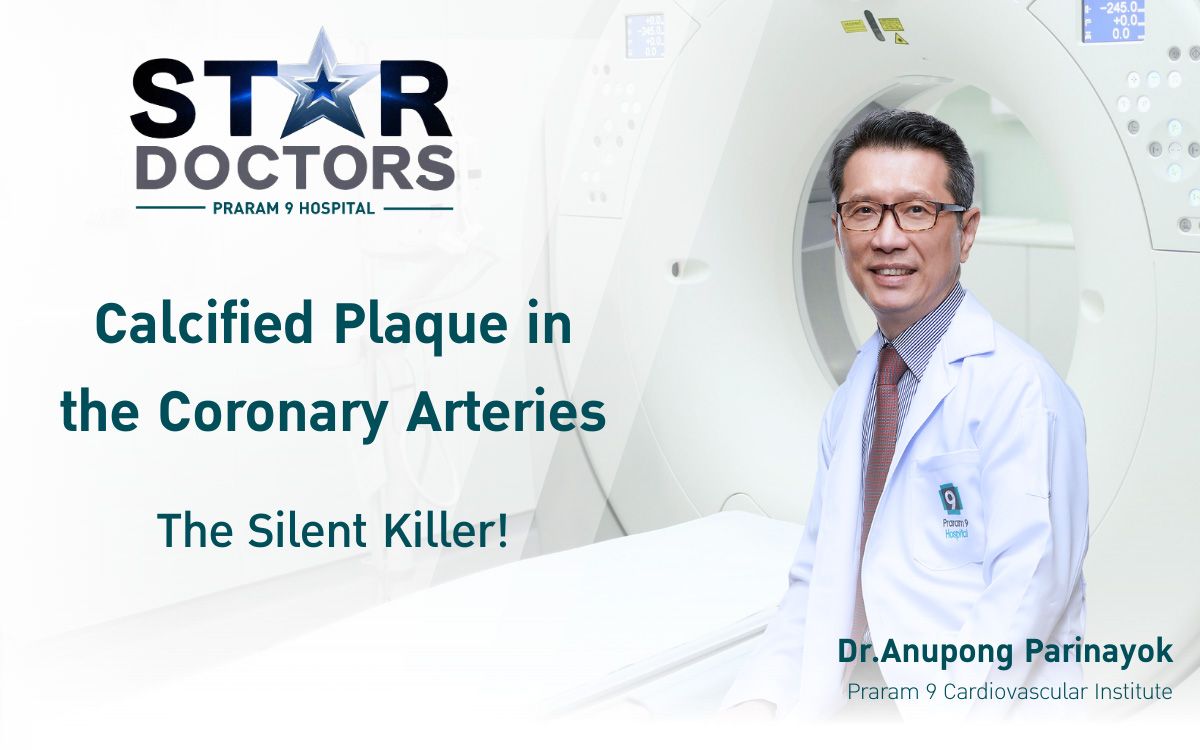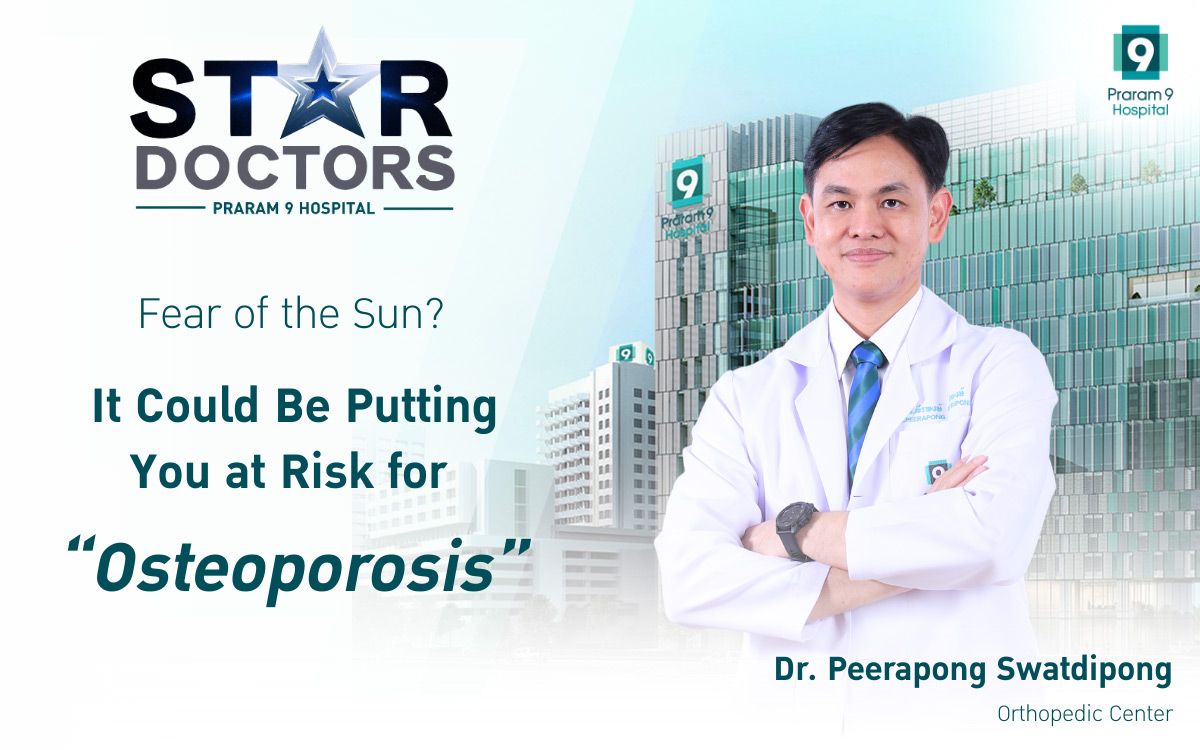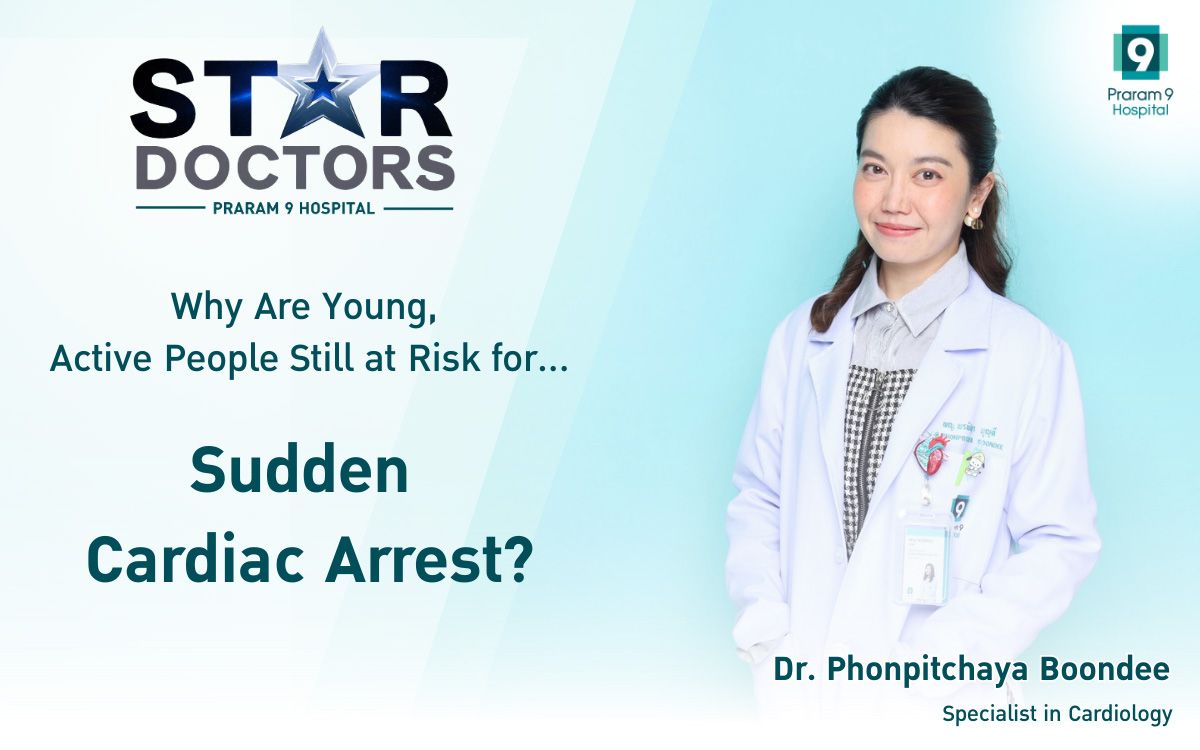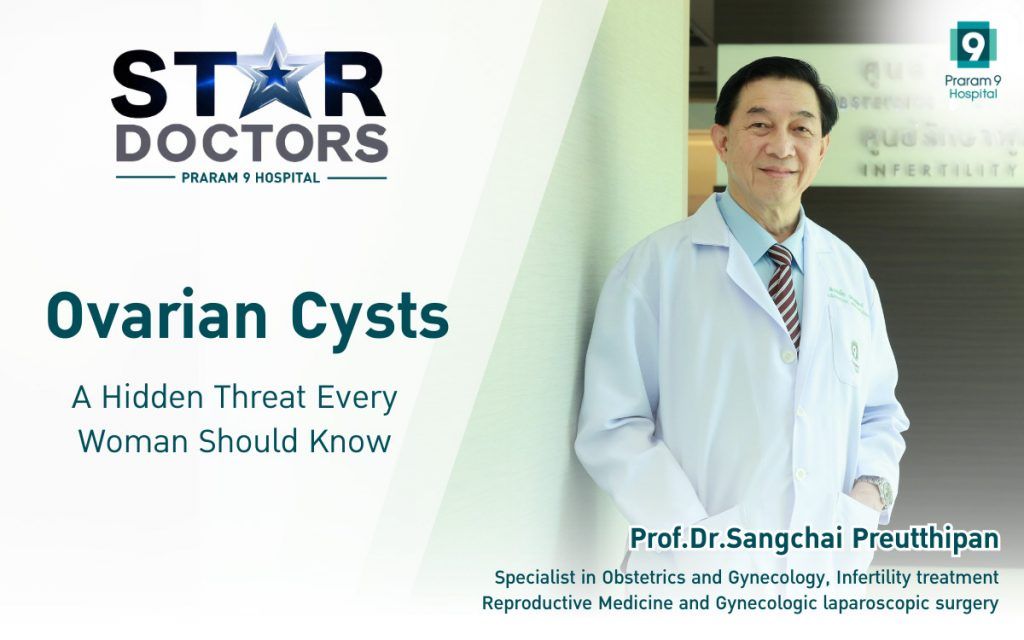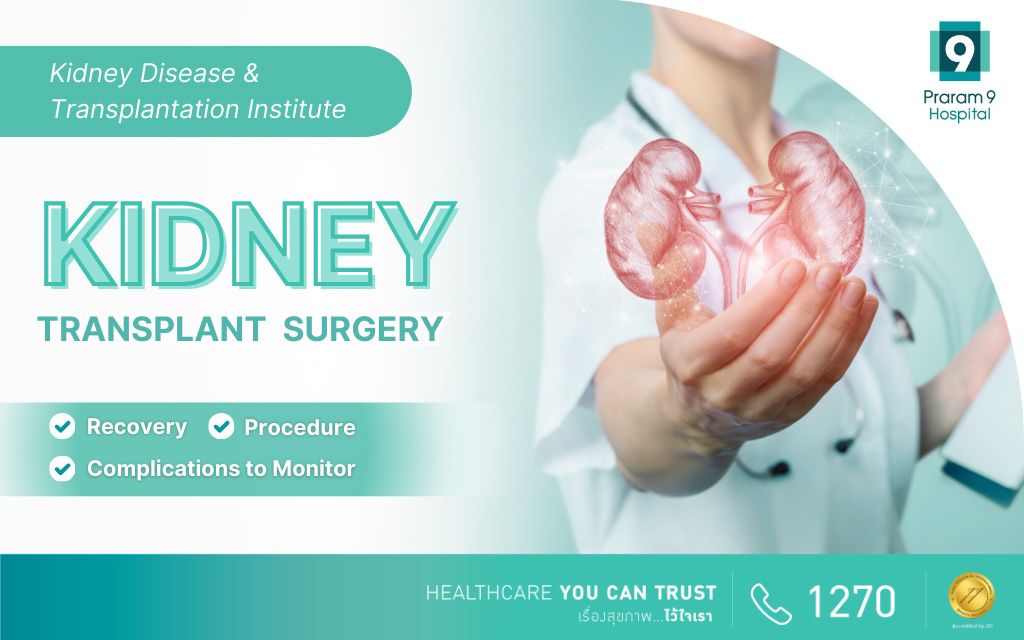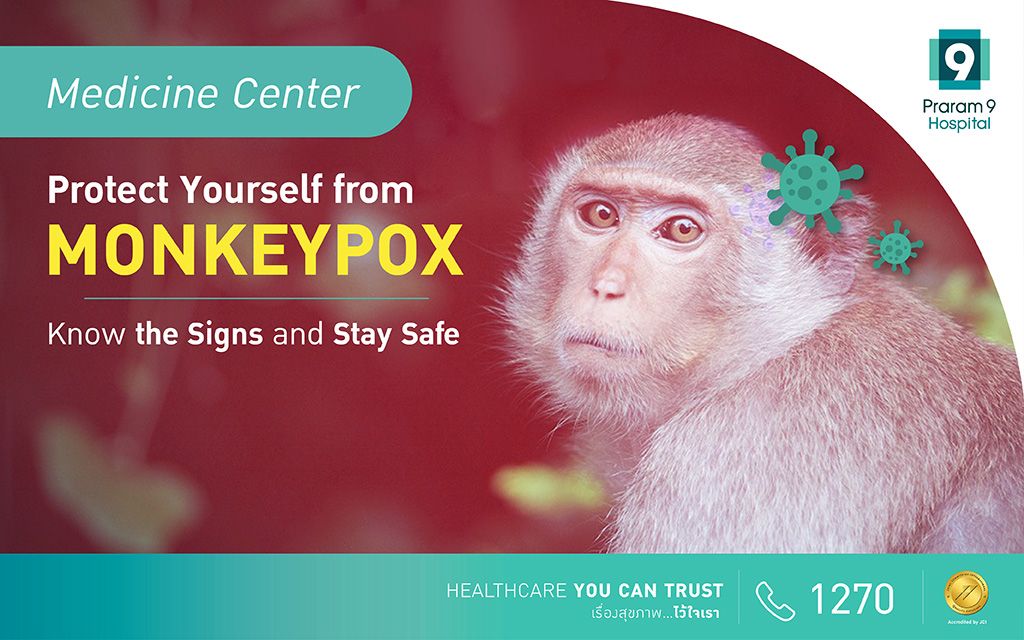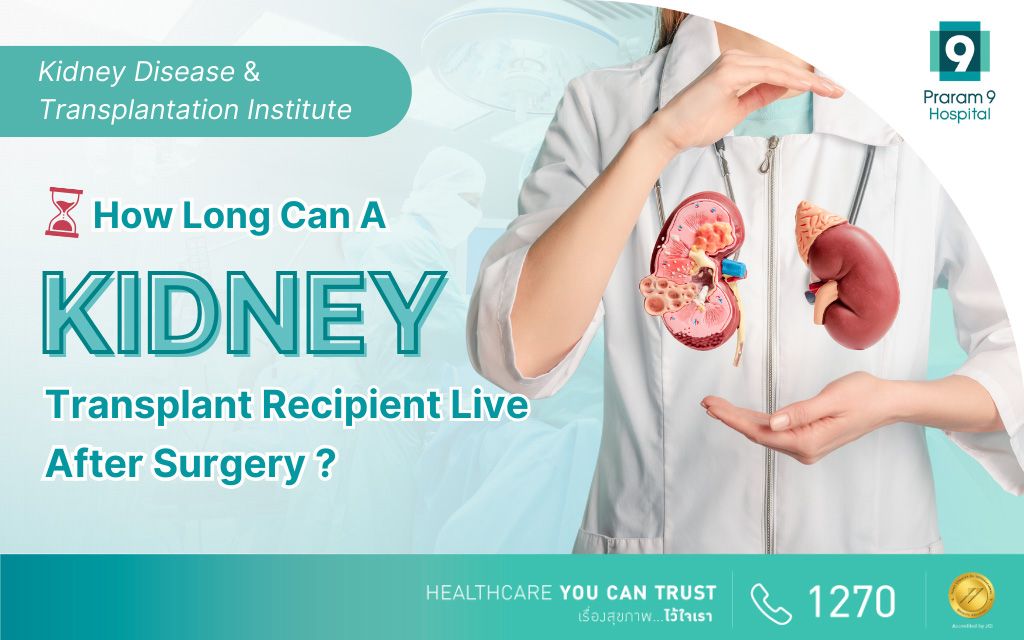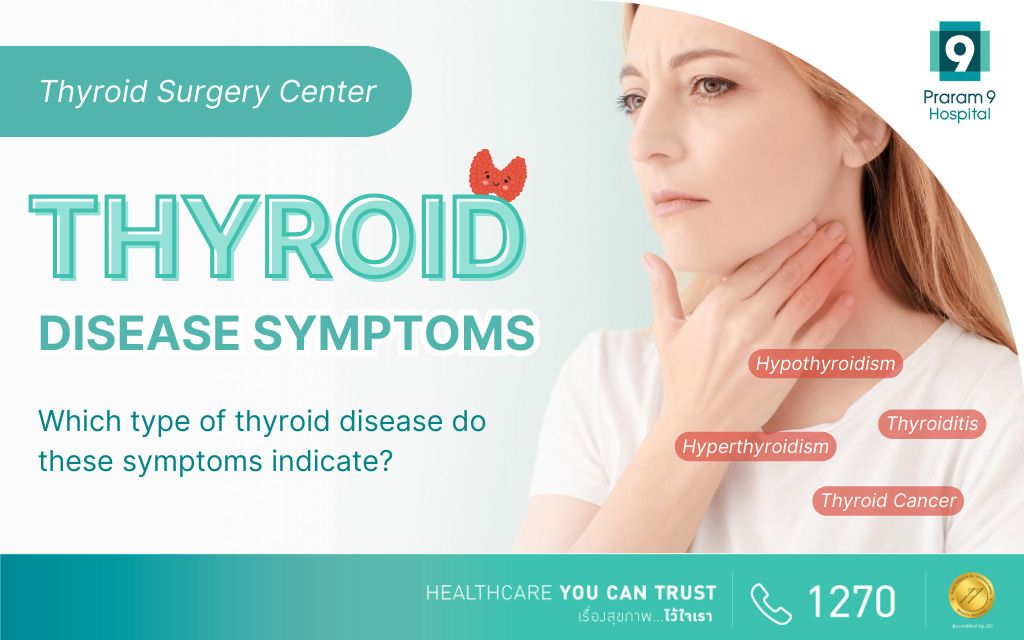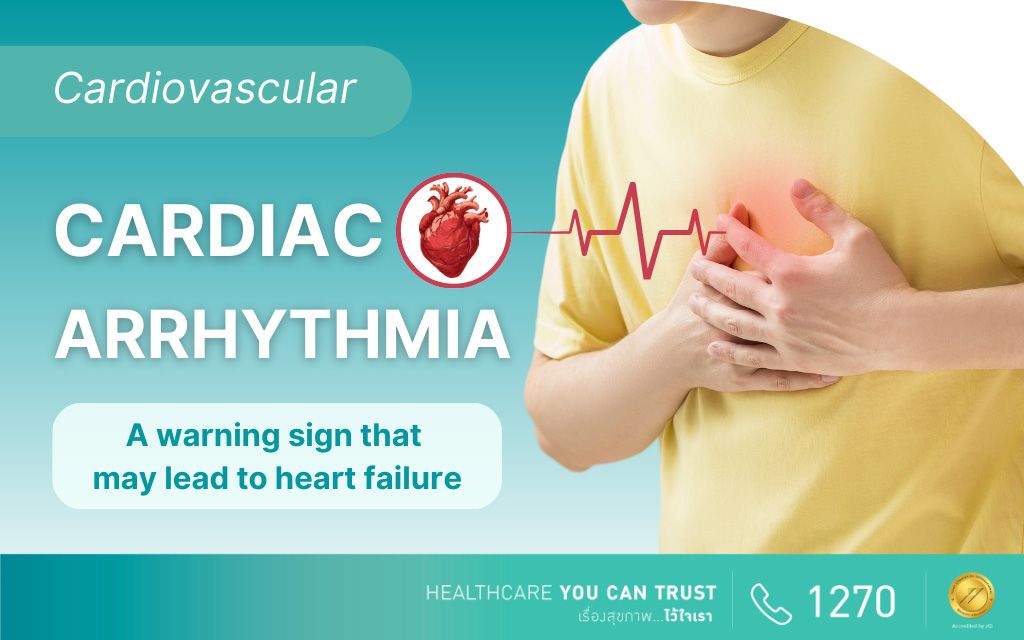Health Articles
Knowledge
Uncovering the Hidden Symptoms of Back Pain
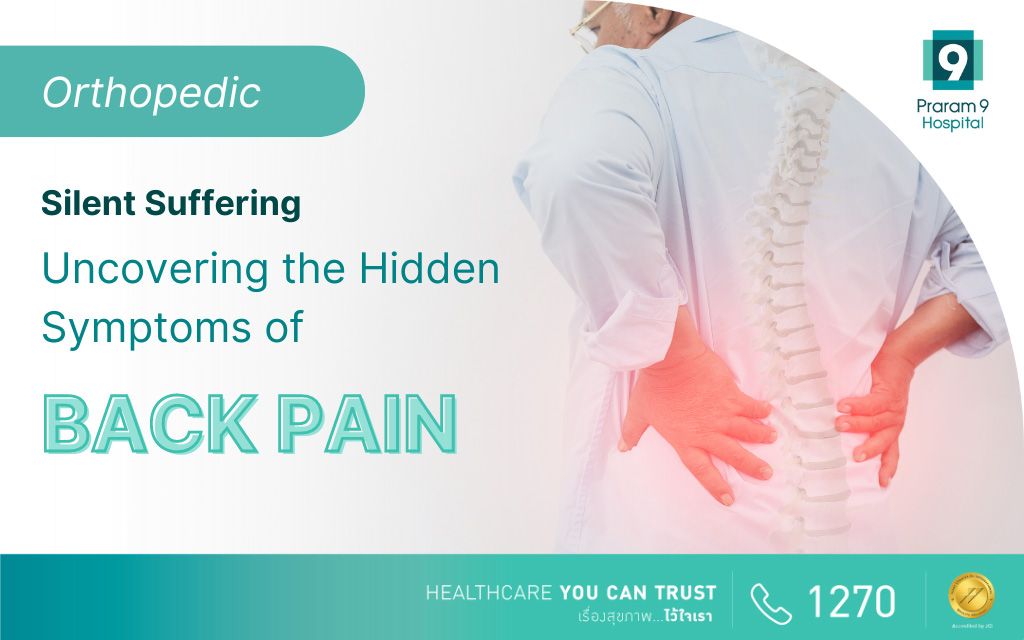
Back pain is a common symptoms and often debilitating condition that can affect people of all ages. In this article, we will explore the various aspects of back pain, including its causes, types, symptoms, methods of diagnosis, and the treatment options. Understanding back pain is essential for effective management and relief.
What Is Back Pain?
Back pain refers to any discomfort, tension, or pain felt in the back, which encompasses the spine, muscles, nerves, and surrounding structures. It can vary in intensity, from mild and temporary to chronic and severe.
Causes of Back Pain
Back pain can have a wide range of causes, including:
- Muscle or Ligament Strain: Overuse or sudden movements can strain the muscles and ligaments in the back, leading to pain.
- Herniated Disc: When the soft inner core of a spinal disc pushes-out through the tougher outer layer, it can compress nearby nerves that causing pain.
- Osteoarthritis: The gradual degeneration of the spine’s joints and discs can result in pain and stiffness.
- Spinal Stenosis: This condition involves the narrowing of the spinal canal, leading to nerve compression and pain.
- Scoliosis: A curvature of the spine can lead to chronic back pain, especially in severe cases.
- Trauma or Injury: Accidents, falls, or sports injuries can damage the spine and cause pain.
- Lifestyle Factors: Prolonged sitting, poor posture, and obesity can contribute to chronic back pain.
Types of Back Pain
Back pain can be categorized into different types, including:
- Acute Back Pain: This type of pain comes on suddenly and typically less than six weeks. It is often related to muscle or ligament strains.
- Chronic Back Pain: Chronic pain persists for more than three months and can be the result of underlying medical conditions or structural issues.
- Radicular Pain: This pain radiates along the nerves and is often associated with conditions like sciatica.
- Mechanical Back Pain: Mechanical pain is often linked to movement or posture and can be the result of muscle imbalances or degenerative changes.
Symptoms of Back Pain
The symptoms of back pain can be varied, depending on the underlying cause, but common manifestations include:
- Dull, aching pain in the lower or upper back.
- Sharp, shooting pain that may radiate to the legs or arms.
- Stiffness and reduced range of motion.
- Muscle spasms.
- Numbness or tingling in the extremities.
Diagnosis of Back Pain
To diagnose the cause of back pain, healthcare providers may use various methods, including:
- Physical Examination: A thorough physical assessment can help identify the source of pain.
- Imaging Studies: X-rays, MRI, and CT scans can provide detailed images of the spine, helping to identify structural issues.
- Laboratory Tests: Blood tests can help rule out infections or systemic conditions that causing back pain.
Treatment Options of Back Pain
The treatment of back pain depends on its type, cause, and severity. Common treatment methods include:
- Rest and Activity Modification: For mild cases, resting, and avoiding activities that exacerbate pain can be sufficient.
- Physical Therapy: Targeted exercises and stretches can help improve strength and flexibility.
- Medications: Pain relievers, anti-inflammatory drugs, and muscle relaxants may be prescribed.
- Injections: Corticosteroid injections can provide relief for localized pain and inflammation.
- Surgery: In severe cases or when conservative treatments fail, surgical procedures may be necessary to address the underlying cause of back pain.
Prevention of Back Pain
Preventing back pain involves lifestyle adjustments and practicing good spine health, including:
- Maintaining a healthy weight.
- Regular exercise to strengthen the core and back muscles.
- Practicing proper lifting techniques.
- Maintaining good posture, especially when sitting for long periods.
Conclusion
Back pain can significantly impact the quality of life, but understanding its causes, types, symptoms, diagnosis, and treatment options is crucial for effective management. If you are experiencing persistent or severe back pain, it’s essential to seek medical evaluation and guidance from a healthcare professional. The information provided here is for educational purposes only, and personalized medical advice should be obtained for proper diagnosis and treatment. By being well-informed about back pain, you can take proactive steps towards managing your condition and improving your overall well-being.
Make Appointment
- Call : 1270 or +662 202 9999
- Facebook : Praram 9 Hospital International & Expats
- Email : [email protected]
- Praram 9 V Telemedicine
